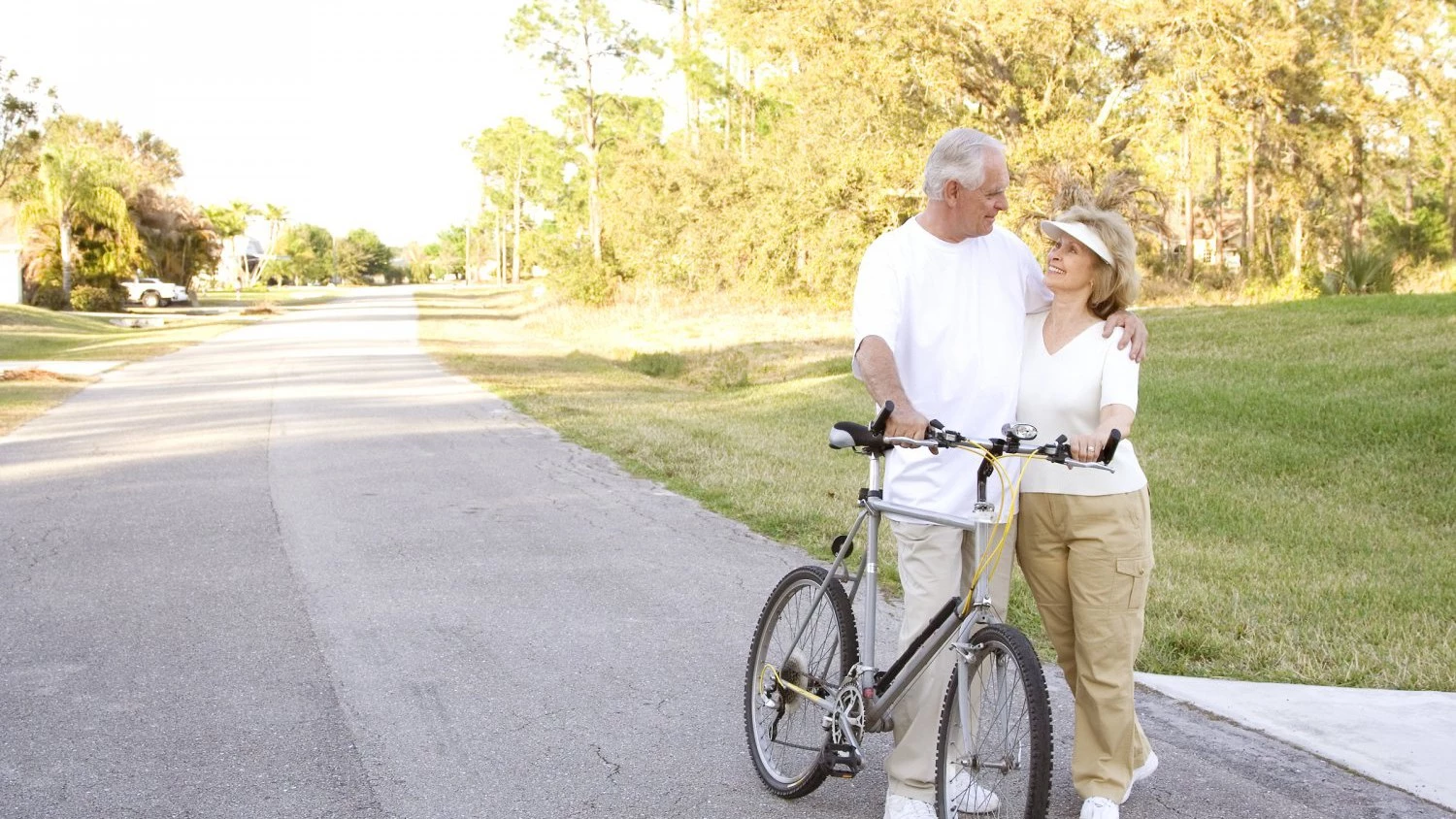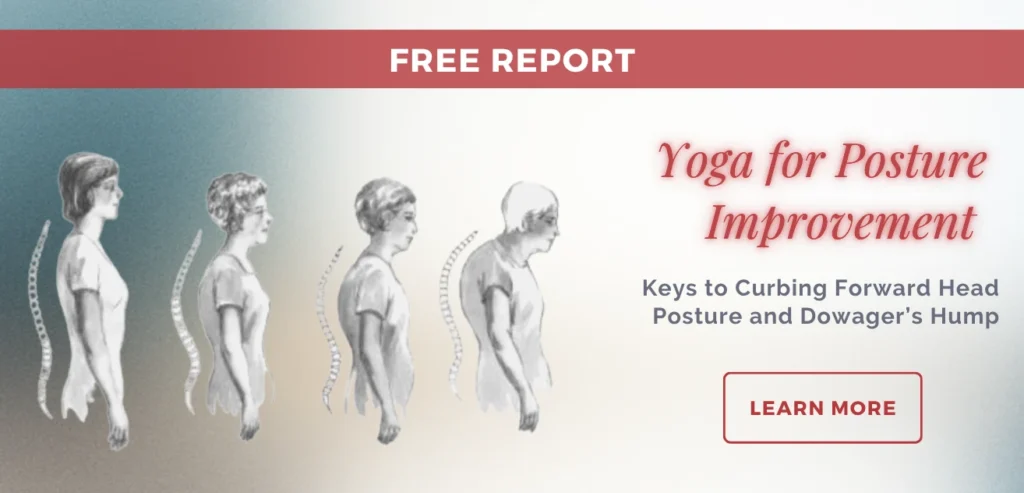Sitting Undermines Your Health – EVEN If You Exercise

The New York Times reports that no matter how hard you work out, if you sit for the rest of the day, you are still at greater risk for all the health issues associated with a sedentary lifestyle: obesity, diabetes, heart disease, some cancers, and a shortened life span. In other words, irrespective of whether you exercise vigorously, sitting for long periods is bad for you.
Several new studies of people who exercise regularly have shown that those who sit the rest of the day have larger waists and worse profiles of blood pressure and blood sugar than those who sit less. Researchers are still not sure why this is, but there seems to be two main reasons: The inactivity of sitting predisposes you to slow weight gain, in turn putting you at greater risk for the many health issues related to being overweight.
Secondly, researchers think that in the same way that there is a specific physiologic patterns associated with the stress response, there may be a “physiology of inactivity,” i.e. a physiological response pattern that sets in when we sit for long periods of time, which in turn adversely impacts the body’s sugar and fat metabolism, again possibly predisposing you to diabetes and other chronic diseases.
If you sit for long hours at work, what can you do to protect yourself? Take frequent small stretching and walking breaks–studies have shown that people who move about frequently even through they sit for the most part of the day have smaller waists and better profiles for sugar and fat metabolism. If you want to go more radical, the New York Times article offers this advice:
“Some people have advanced radical solutions to the sitting syndrome: replace your sit-down desk with a stand-up desk, and equip this with a slow treadmill so that you walk while you work. (Talk about pacing the office.) Make sure that your television can only operate if you are pedaling furiously on an exercise bike. Or, watch television in a rocking chair: rocking also takes energy and involves a continuous gentle flexing of the calf muscles. Get rid of your office chair and replace it with a therapy ball: this too uses more muscles, and hence more energy, than a normal chair, because you have to support your back and work to keep balanced. You also have the option of bouncing, if you like.”



